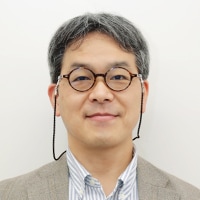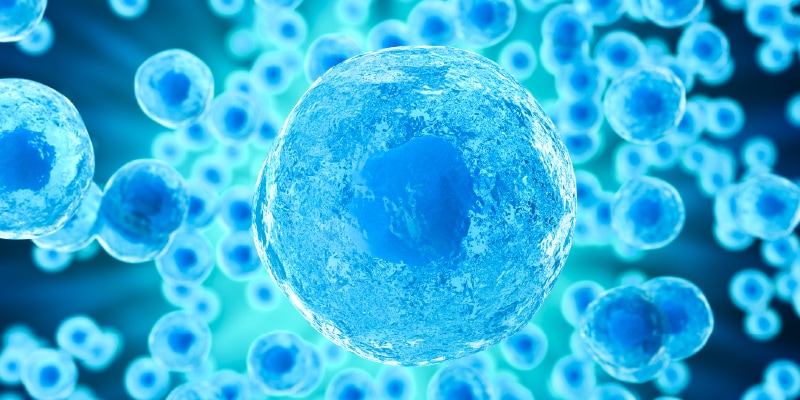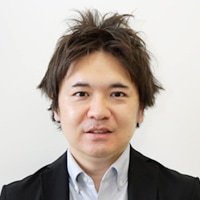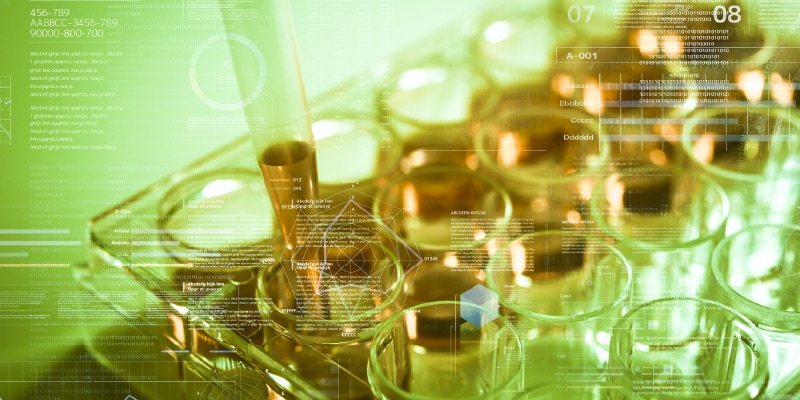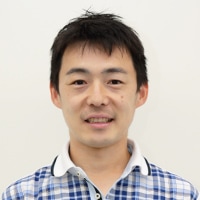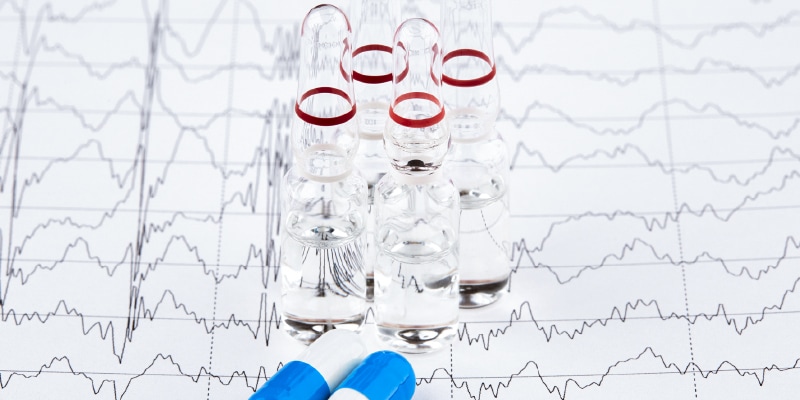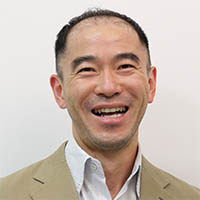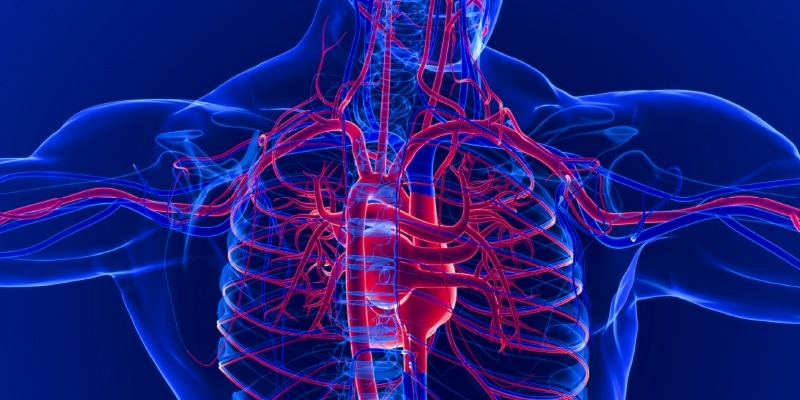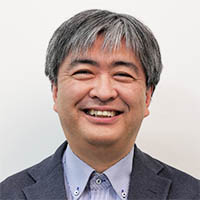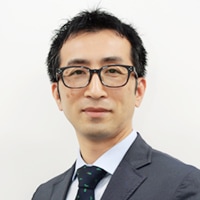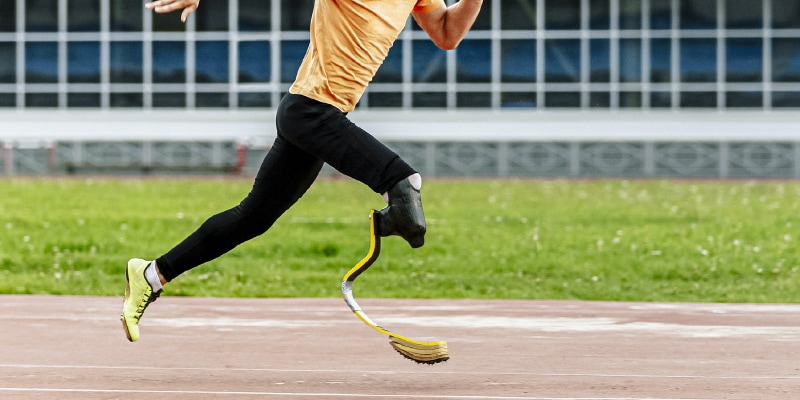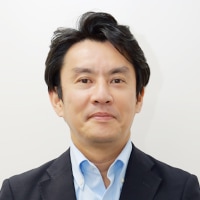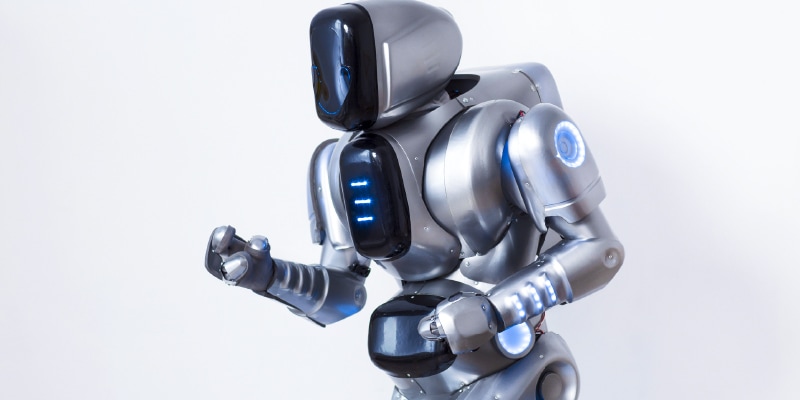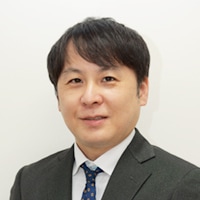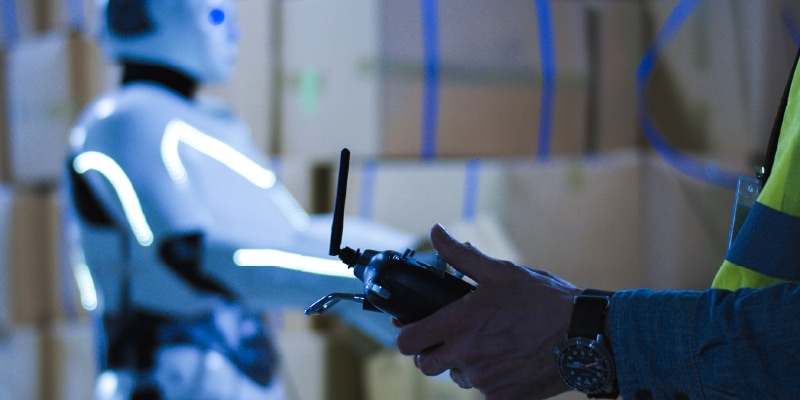見えない光でカラダを見る
Look into the body with invisible light
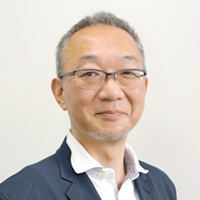
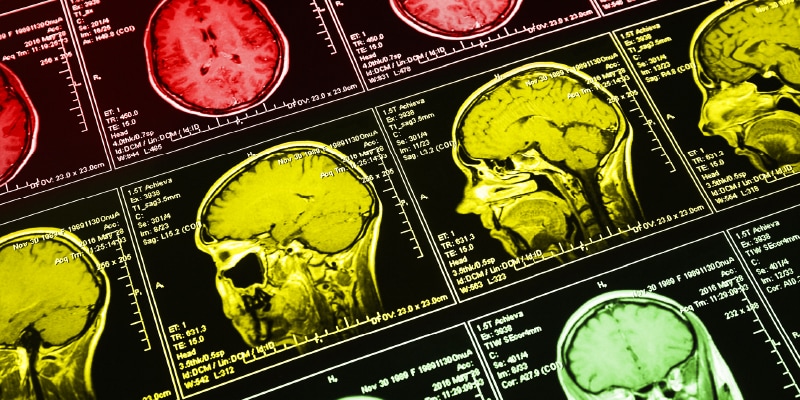
百聞は一見に如かず。カラダの中で起こる、見えないことを光を使って見せるようにするのがフォトニクス研究室のミッションです。可視光線よりも波長が長い近赤外線は、生体の透過率が高く、小動物ならば体の中を透視することができます。フォトニクス研究室では、将来的に術中診断などに用いることとを想定し、特にこの近赤外線という光を使って病変をはじめとする体の中の状態を可視化する多様な取り組みを行っています。
Seeing is believing. The mission of the Photonics Laboratory is to use light to show what is invisible matters in a body. Near-infrared light, which have a longer wavelength than visible light, have a high transmittance for living organisms, and in small animals, inside of the body is seen through. The Photonics Laboratory is studying to visualize the various phenomena inside the body including lesions, especially using this near-infrared light, expecting that it will be used for intraoperative diagnosis in the future.
国立がん研究センター、大阪公立大学、理化学研究所
National Cancer Center, Osaka Metropolitan University, RIKEN
見えないものを視る
Seeing invisible
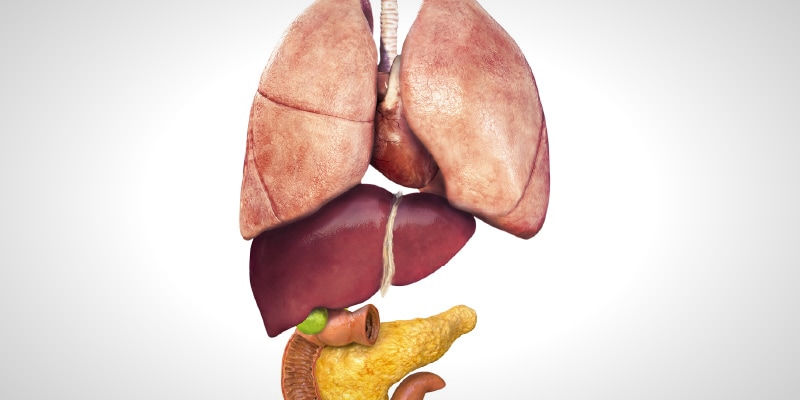
計測装置の進歩により、ざまざまな現象を計測することが出来るようになってきました。一方、その情報量は爆発的に増加しており、人が目で視て判断する限界を超えています。このような大量な情報の洪水の中から、ヒトにとって重要な現象を見つけ出し、可視化する画像処理技術の構築を目指しています。
Advances in imaging equipment have made it possible to measure a variety of phenomena. At the same time, the volume of information is exploding, exceeding the limits of human visual judgment. Our goal is to construct image processing technology that can find and visualize important phenomena for humans from such a large amount of information.
国立がん研究センター、理化学研究所、北海道大学、名古屋大学、大阪大学、琉球大学
National Cancer Center, Hokkaido university, Nagoya univercity, Osaka university, University of the Ryukyus
予測によるウェルビーイングと健康~変えられる未来〜
Forecast Based Prediction -- Changeable future --
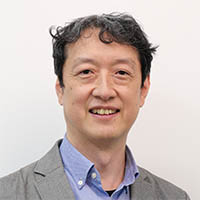
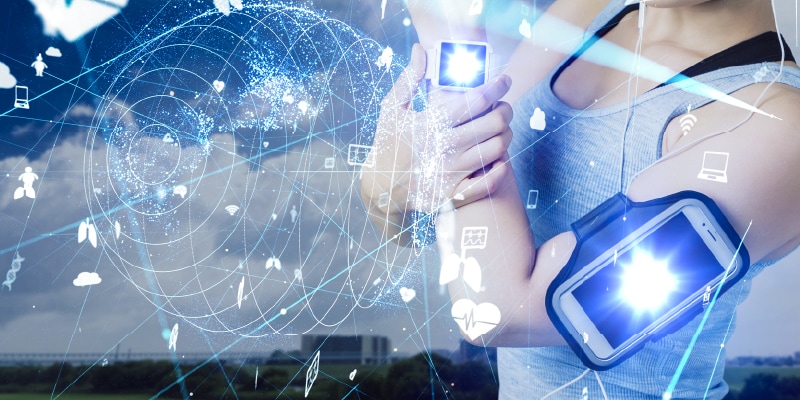
24時間365日、ネットワークに接続され遍在する多数のセンサで見守られ助けられる世界が近づいています。巨大なデータの機械学習、統計解析により把握される人々の健康や生活状態を、個々人の違いを大切にしつつパーソナライズされたケアに接続する予測支援技術のデザイン、開発に取り組みます。人の身体機能だけでなく、精神機能、認知機能の総合的なロボティックなケアの実現を目指します。
A world is approaching where people are watched and helped every hour, everyday by massive ubiquitous sensors connected to networks. We will work on the design and development of predictive support technology that connects people’s health and living conditions, which are understood through machine learning and statistical analysis of big data, to personalized care while respecting individual differences. Our laboratory aims to realize comprehensive robotic care of not only a person’s physical functions, but also mental and cognitive functions.
東京大学、東北大学、横浜市立大学、上智大学、国立情報学研究所、香港理工大学、アイントホーフェン工科大学
The University of Tokyo, Tohoku University, Yokohama City University, Sophia University, National Institute of Informatics, PolyU, Eindhoven University of Technology
医療を中心とした課題をデザインで解決する
Solving medical issues by design
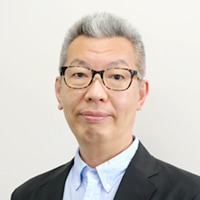

デザインとは色や形のこと、と考えるかもしれませんが、色や形はその一部分です。デザインとは、問題や課題を見つけ出すことから始まり、それを解決するために新たな視座を作り出し、計画し設計し実験を繰り返し、問題を解決していくプロセス全体のことです。本研究室ではこれからの医療、材料、ロボティクスなどの様々な課題を新たな視座で解決する方法、技術、考え方について研究し、具体的に解決のための新たな提案をしていきます。
You might think of design as color or shape, but color or shape is part of it. Design is the whole process of finding a problem, creating a new perspective to solve it, planning, designing, repeating experiments, and solving the problem. In our laboratory, we will research methods, technologies, and ways of thinking to solve various problems such as medical care, materials, and robotics from a new perspective, and make new proposals for concrete solutions.
国立がん研究センター、東京大学、名古屋造形大学
National Cancer Center, The university of Tokyo, Nagoya Zokei University of Art & Design


